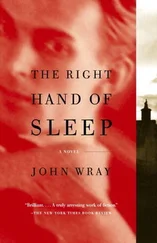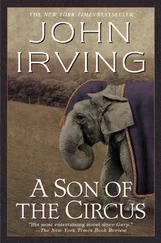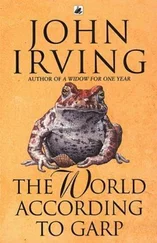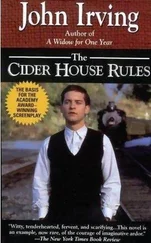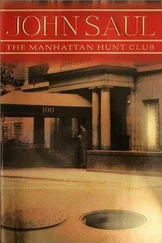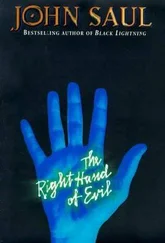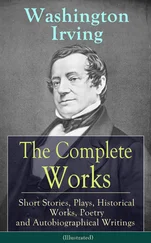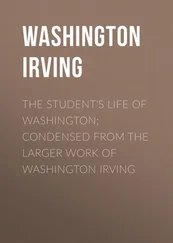The coverage of the hand transplant on the all-news network, which was repeated hourly, began with an edited version of the lion episode in Junagadh. The snatching and eating took only about fifteen seconds in this version, which should have forewarned Wallingford that he would also be assigned a lesser role in the footage to come.
He’d foolishly hoped that the surgery itself would be so fascinating that the television audience would soon think of him as “the transplant guy,” or even
“transplant man,” and that these revised or repaired versions of himself would replace “the lion guy” and “disaster man” as the new but enduring labels of his life. In the footage, there were some grisly goings-on of an unclear but surgical nature at the Boston hospital, and a shot of Patrick’s gurney disappearing down a corridor; yet the gurney and Wallingford were soon lost from view because they were surrounded by seventeen frantic-looking doctors and nurses and anesthesiologists—the Boston team.
Then there was a clip of Dr. Zajac speaking tersely to the press. Naturally Zajac’s
“at risk” comment was taken out of context, which made it appear that the patient was already in the gravest trouble, and the part about the combination of immunosuppressant drugs sounded blatantly evasive, which it was. While those drugs have improved the success rate of organ transplants, an arm is composed of several different tissues—meaning different degrees of rejection reactions are possible. Hence the steroids, which (together with the immunosuppressant drugs) Wallingford would be required to take every day for the rest of his life, or for as long as he had Otto’s hand.
There was a shot of Otto’s abandoned beer truck in the snowy parking lot in Green Bay, but Mrs. Clausen never flinched at Patrick’s bedside; she kept herself focused on Otto’s three fingertips and the tip of his thumb. Moreover, Doris was as close to her husband’s former hand as she could get; if Wallingford had had any feeling in those fingertips and the tip of that thumb, he would have felt the widow breathing on them.
Those fingers were numb. That they would remain numb for months would become a matter of some concern to Wallingford, although Dr. Zajac was dismissive of his fears. It would be almost eight months before the hand could distinguish between hot and cold—a sign that the nerves were regenerating—and close to a year before Patrick felt confident enough in his grip on a steering wheel to drive a car. (It would also be close to a year, and only after hours of physical therapy, before he would be able to tie his own shoes.)
But from a journalistic point of view, it was there, in his hospital bed, that Patrick Wallingford saw the writing on the wall—his full recovery, or lack thereof, would never be the main story.
The medical ethicist spoke for longer, on-camera, than the twenty-four-hour international channel had given Dr. Zajac. “In cases like these,” the ethicist intoned, “candor like Mrs. Clausen’s is rare, and her ongoing connection to the donor hand is invaluable.”
In what “cases like these”? Zajac must have been thinking, while he fumed offcamera. This was only the second hand transplant ever, and the first one had been a failure!
While the ethicist was still speaking, Wallingford saw the cameras move in on Mrs. Clausen. Patrick felt a flood of desire and longing for her. He feared he would never attain her again; he foresaw that she wouldn’t encourage it. He watched her shift the entire press conference from his hand transplant to her late husband’s hand itself, and then to the baby she hoped she carried inside her. There was even a close-up of Mrs. Clausen’s hands holding her flat stomach. She had spread the palm of her right hand on her belly; her left hand, already without a wedding ring, overlapped her right.
As a journalist, Patrick Wallingford knew in an instant what had happened: Doris Clausen, and the child she and Otto had wanted, had usurped Patrick’s story. Wallingford was aware that such a substitution happened sometimes in his irresponsible profession—not that television journalism is the only irresponsible profession.
But Wallingford didn’t really care, and this surprised him. Let her usurp me, Patrick thought, simultaneously realizing that he was in love with Doris Clausen. (There’s no telling what the all-news network, or a medical ethicist, might have made of that.)
But a part of the improbability of Wallingford falling in love with Mrs. Clausen was his recognition of the unlikelihood of her ever loving him. It had previously been Patrick’s experience that women were easily smitten with him, at least initially; it had also been his experience that women got over him easily, too. His ex-wife had likened him to the flu. “When you were with me, Patrick, every hour I thought I was going to die,” Marilyn told him. “But when you were gone, it was as if you’d never existed.”
“Thanks,” said Wallingford, whose feelings, until now, had never been as easily hurt as most women assumed.
What affected him about Doris Clausen was that her unusual determination had a sexual component; what she wanted was brightly marked, at every phase, with unconcealed sexual overtones. What began in the slight alterations in her tone of voice was continued in the intensity of her small, compact body, which was wound as tightly as a spring, coiled for sex.
Her mouth was soft-looking, her lips perfectly parted; and in the general tiredness around her eyes, there was a seductive acceptance of the world as it was. Mrs. Clausen would never ask you to change who you were—maybe only your habits. She expected no miracles. What you saw in her was what you got, a loyalty that knew no bounds. And it appeared that she would never get over Otto—she’d been smitten for life.
Doris had used Patrick Wallingford for the one job Otto couldn’t finish; that she’d somehow chosen him for the job gave Patrick the slimmest hope that she would one day fall in love with him.
The first time Wallingford even slightly wiggled Otto Clausen’s fingers, Doris cried. The nurses had been told to speak sternly to Mrs. Clausen if she tried to kiss the fingertips. It made Patrick happy, in a bitter kind of way, when some of her kisses managed to get through.
And long after the bandages came off, he remembered the first time he felt her tears on the back of that hand; it was about five months after the surgery. Wallingford had successfully passed the most vulnerable period, which was said to be from the end of the first week to the end of the first three months. The feeling of her tears made him weep. (By then he’d regained an astonishing twenty-two centimeters of nerve regeneration, from the place of attachment to the beginnings of the palm.)
Albeit very gradually, his need for the various painkillers went away, but he remembered the dream he’d often had, shortly after the painkillers had kicked in. Someone was taking his photograph. Occasionally, even when Wallingford had stopped using any painkillers, the sound of a camera’s shutter (in his sleep) was very real. The flash seemed far away and incomplete, like heat lightning—not the real thing—but the sound of the shutter was so clear that he almost woke up. While it was the nature of the painkillers that Wallingford wouldn’t remember for how long he’d taken them—maybe four or five months?—it was also the nature of the dream that he had no recollection of ever seeing the photographs that were being taken or the photographer. And there were times he didn’t think it was a dream, or he wasn’t sure.
In six months, more concretely, he could actually feel Doris Clausen’s face when she pressed it into his left palm. Mrs. Clausen never touched his other hand, nor did he once try to touch her with it. She’d made her feelings for him plain. When he so much as said her name a certain way, she blushed and shook her head. She would not discuss the one time they’d had sex. She’d had to do it—that was all she would say. (“It was the only way.”)
Читать дальше

